-
Pettson and Findus Pancake Pie by Sven Nordqvist
Pancake Pie (1984) is a Swedish picture book written and illustrated by Sven Nordqvist, and is the first in the Pettson and Findus series starring a man and his cat who live together on a rustic farm, along with many little creatures who make the setting seem alive.
-
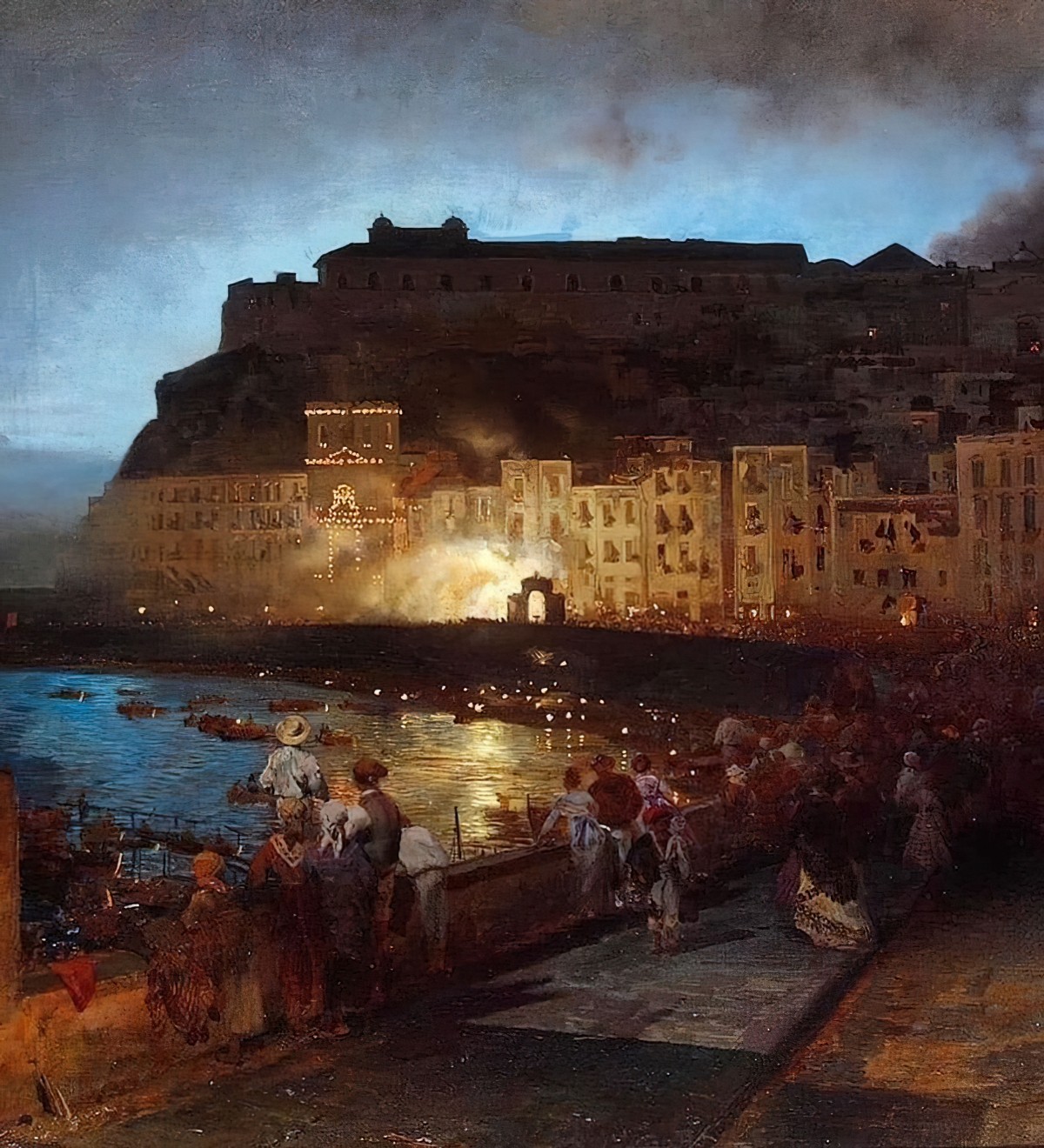
Fireworks In Art and Illustration
How do artists and illustrators depict fireworks?
-
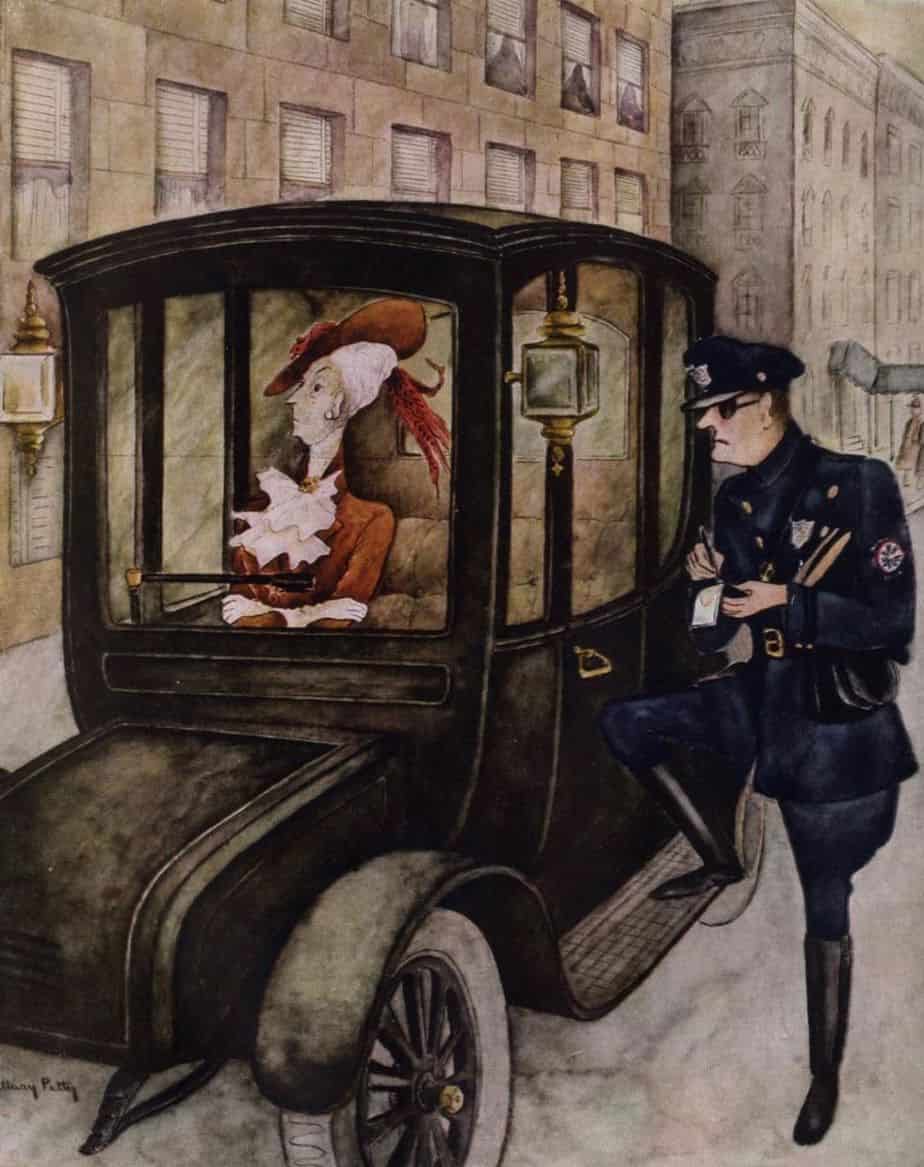
The Storybook Police Archetype
Australia has a uniquely trusting relationship with its police force. We might say the image of police here in Australia is based on a storybook image, one which is cultivated in white kids from the time we start reading children’s books. The only feelings mankind has inspired in policemen are indifference and scorn. UN FLIC…
-
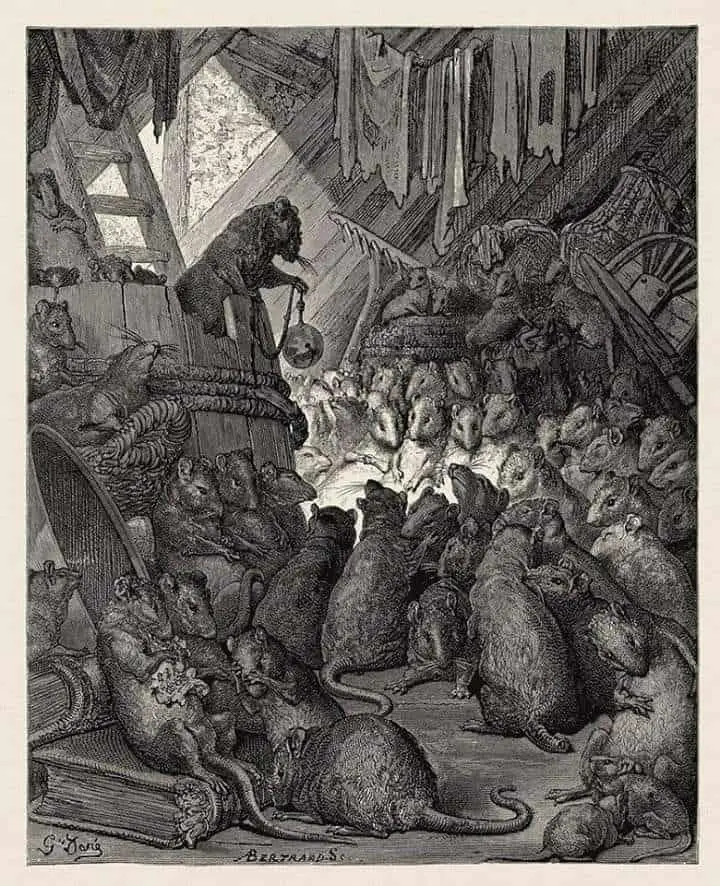
What does it mean, Belling The Cat?
‘Belling the cat’ is idiom which means that it’s all very well to come up with good ideas as a fix, but executing those good ideas is another matter. It comes from a fable of yore, in which rats come up with a great idea for foiling a predatory cat. They’ll put a bell around…
-
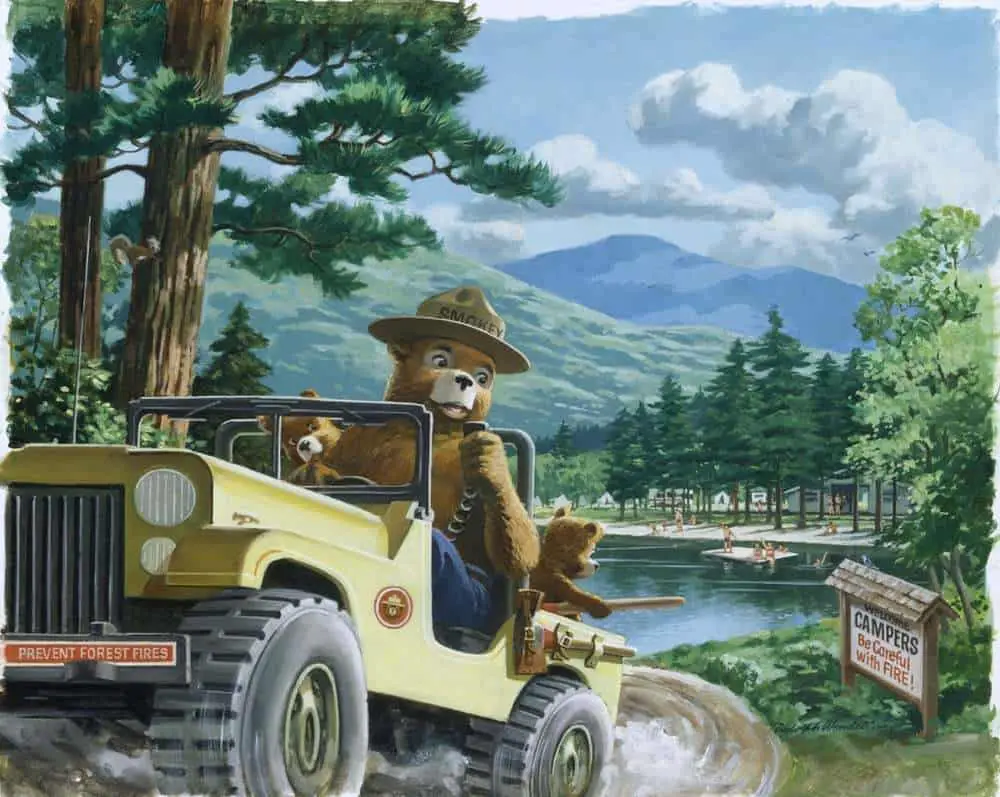
Holidays and Camping In Art And Picturebooks
Scholars who study holidays and tourism classify holidays into five broad types. Which type(s) do you prefer? And how are holidays commonly depicted across children’s literature?
-
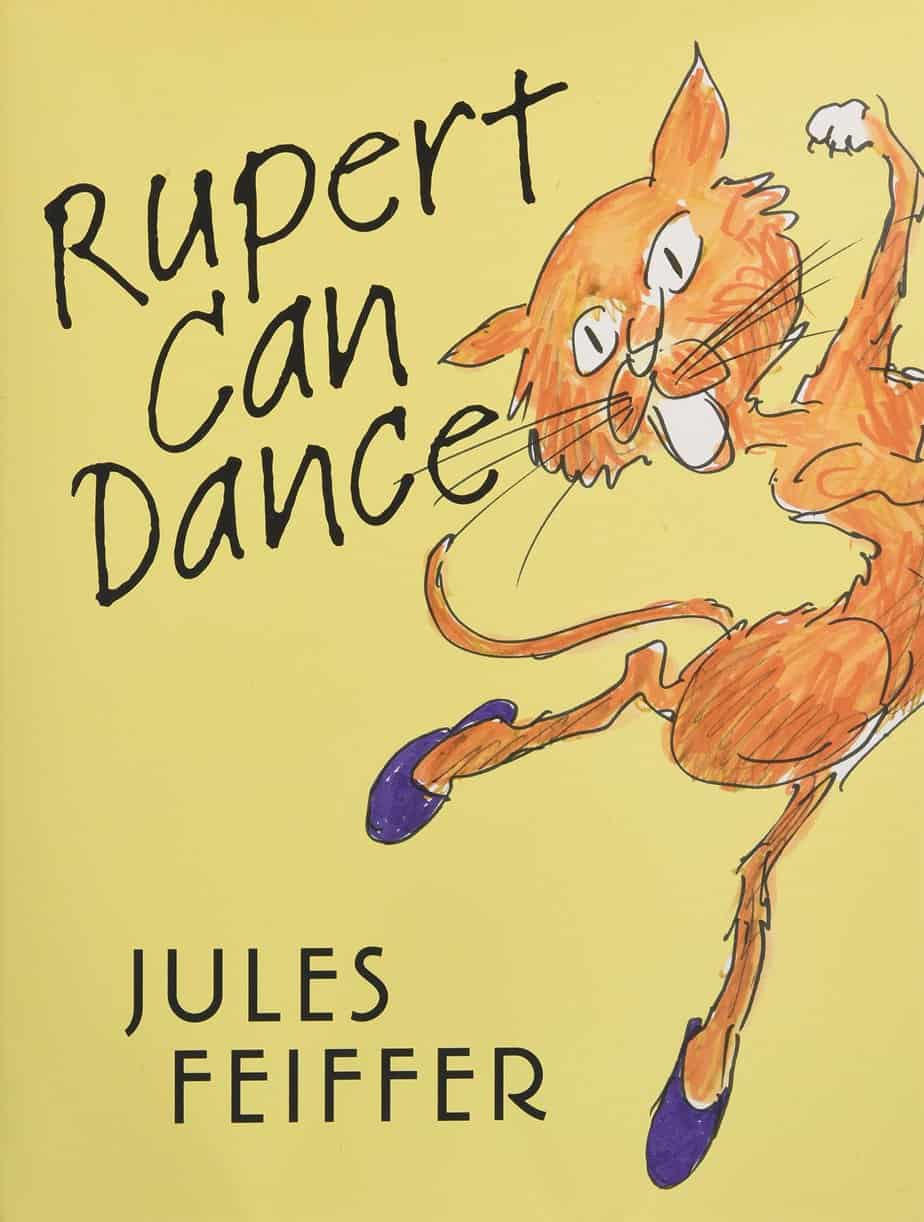
Rupert Can Dance by Jules Feiffer Picture Book Analysis
Rupert Can Dance is a 2014 picture book written and illustrated by Jules Feiffer, who loosely makes use of a T.S. Eliot cat archetype in his depiction of alovably combatative relationship between a secretive mystery cat and a girl.
-
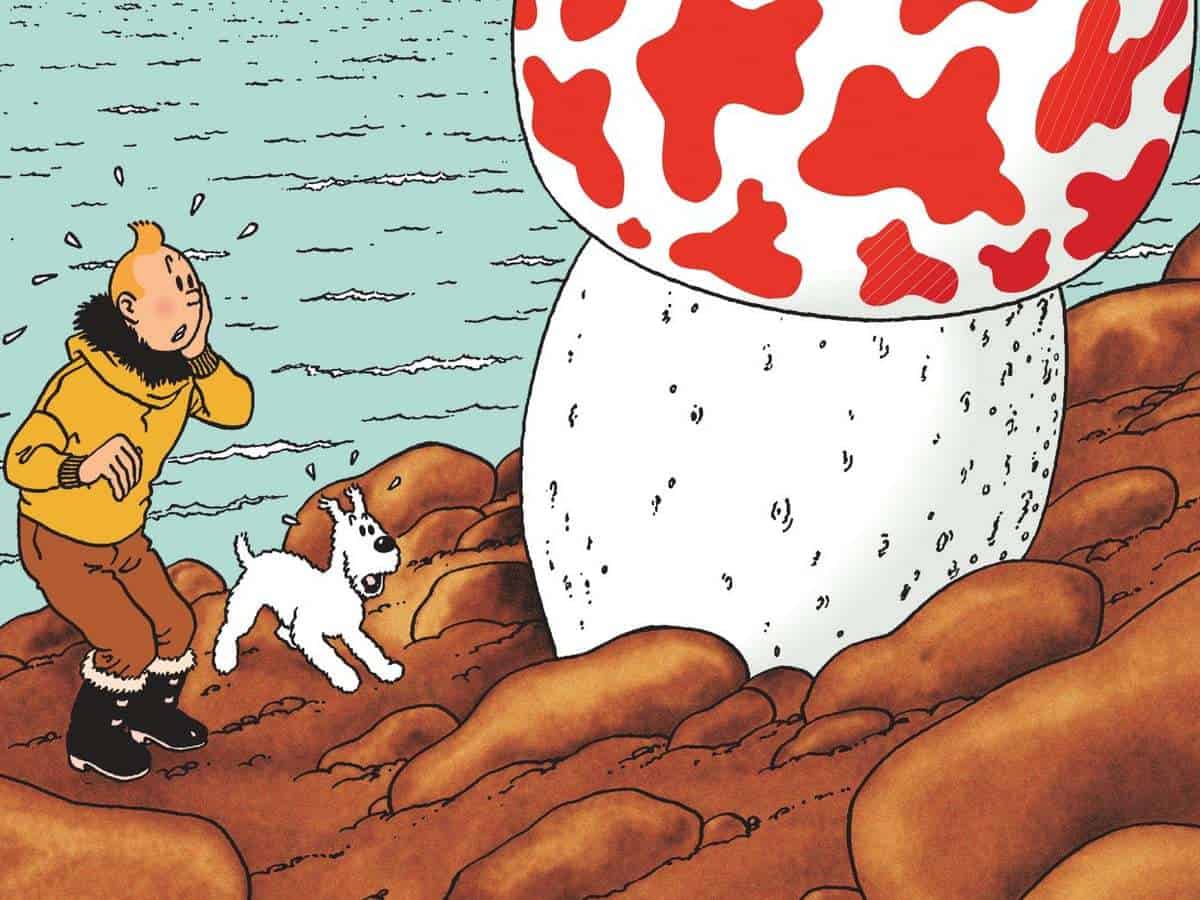
What is the atomic style of illustration?
The atomic style of illustration is closely related to ‘ligne claire’. In French this means ‘clear line’. The ligne claire/atomic style of drawing was created and pioneered by Hergé (real name Georges Prosper Remi). Hergé was Belgian and lived from 1907 to 1983. He is best known for creating The Adventures of Tintin. Hergé’s style…
-
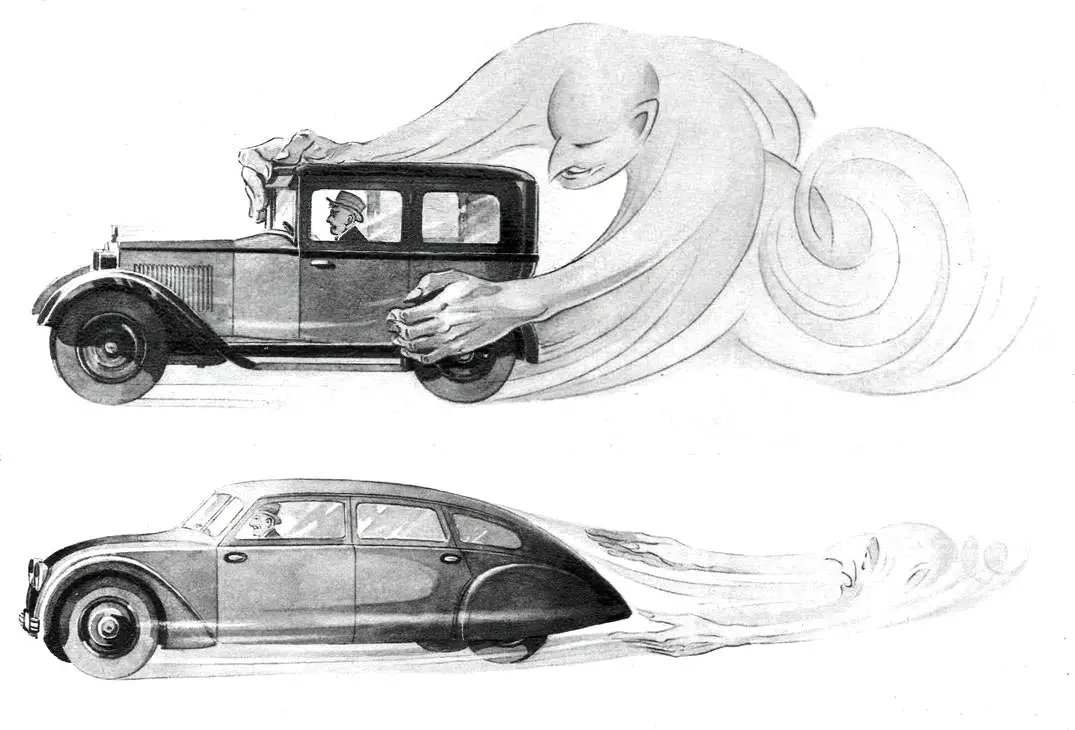
Depicting Motion In Illustration
How do illustrators convey motion when creating static images?
-
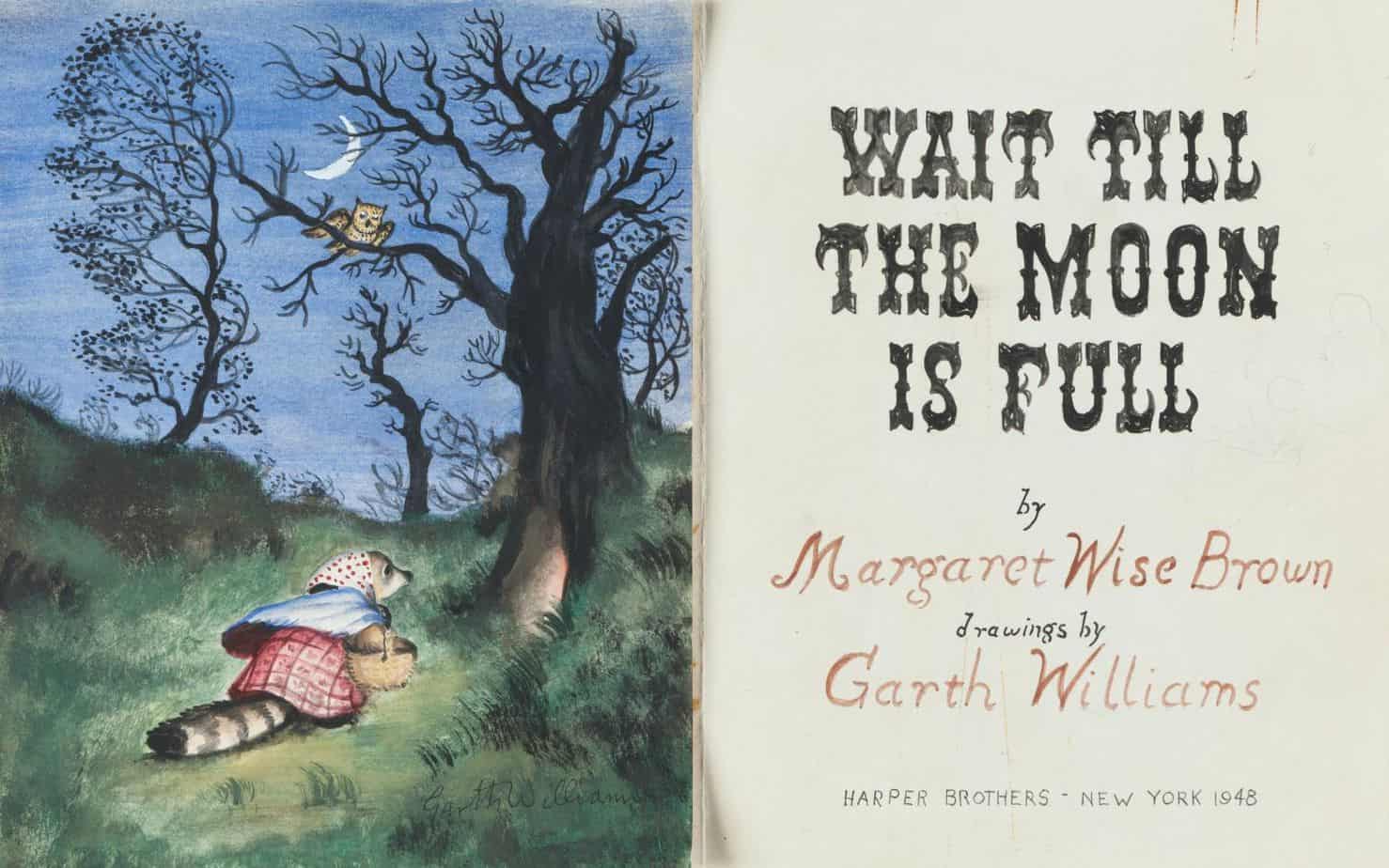
Wait Till The Moon Is Full by Wise Brown and Williams Analysis
Wait Till the Moon Is Full is a 1948 picture book written by Margaret Wise Brown with pictures by Garth Williams. The story has carnivalesque elements, a gentle utopian storyline and a well-drawn mother figure, who is safe and warm but who also joins her son in his imaginative play.
-
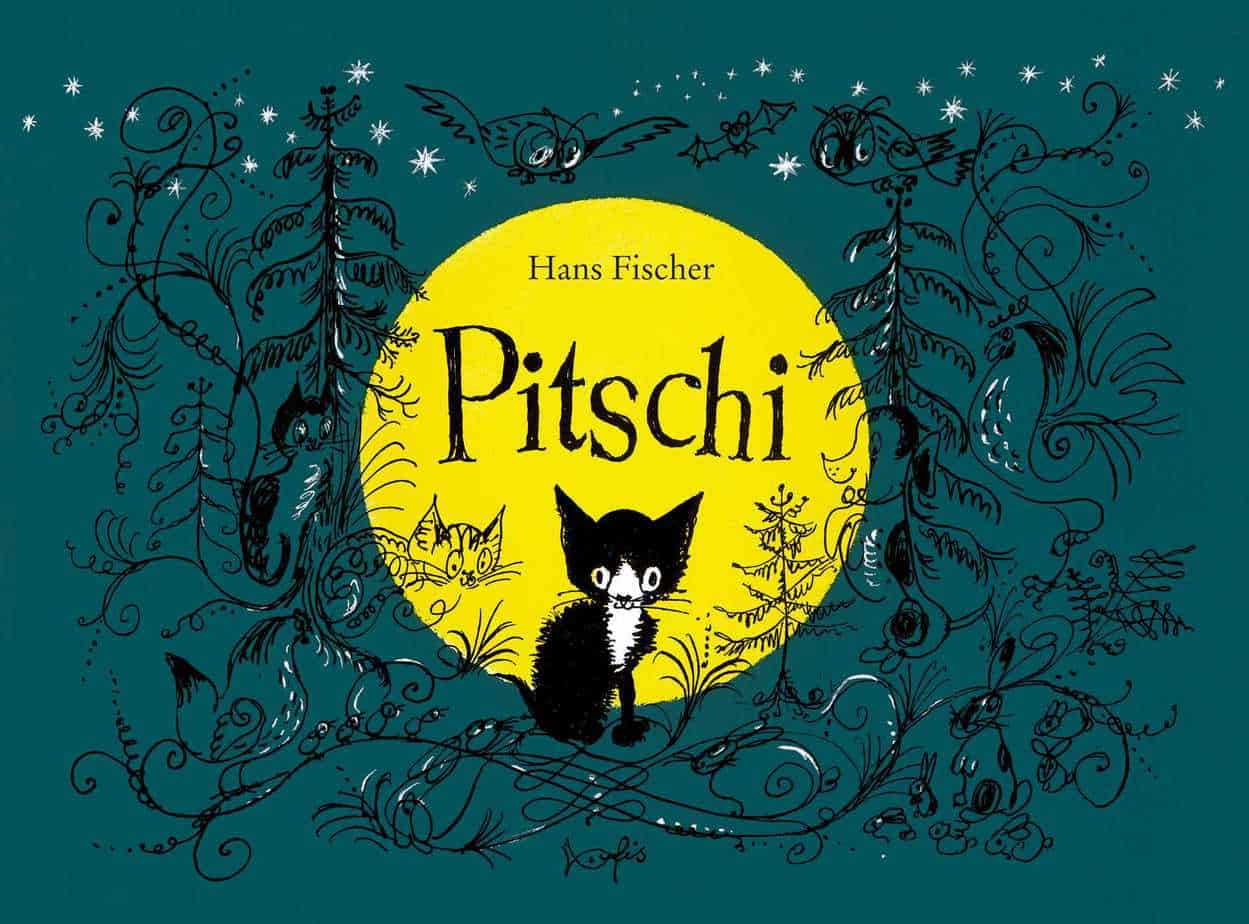
Pitschi by Hans Fischer (1948)
Pitschi is a picture book written and illustrated by Swiss storyteller Hans Fischer, first published in 1948. Pitschi is a good example of a post war children’s book: dangerously cosy with a stay at home message.
-
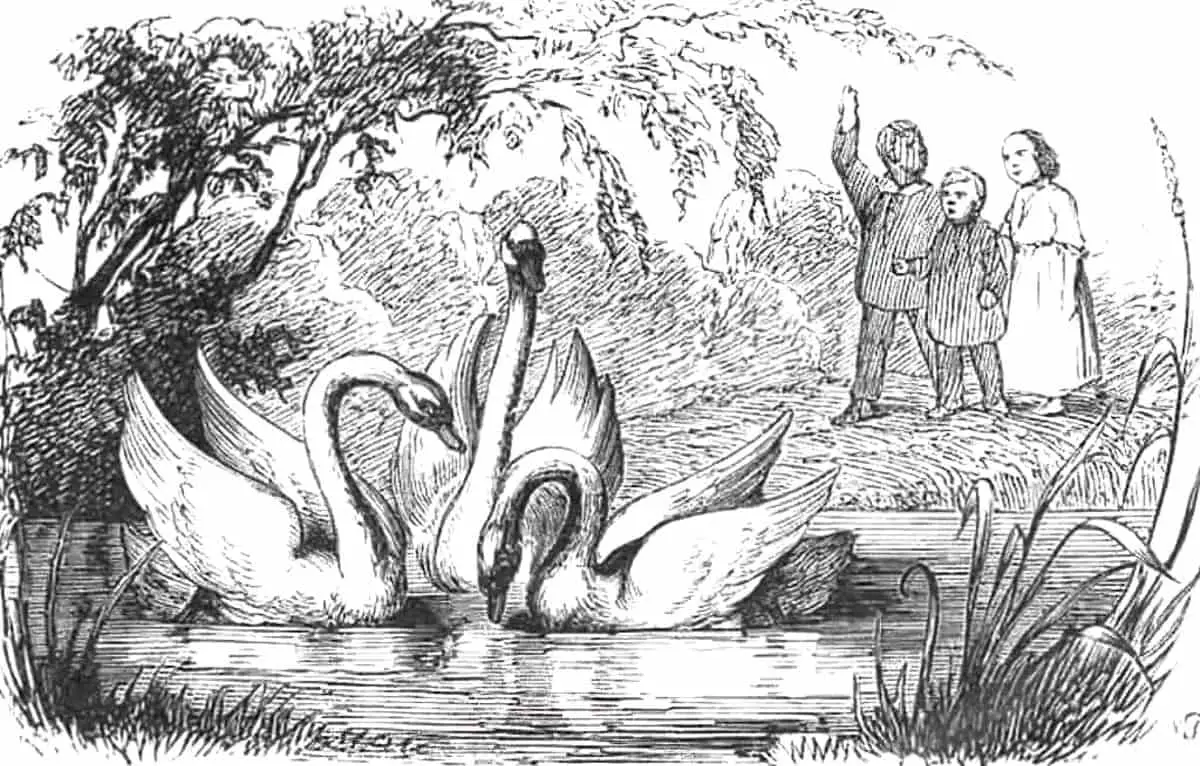
The Ugly Duckling by Hans Christian Andersen Fairy Tale Analysis
A character is different from their family/tribe and feels utterly alone. Eventually they find their ‘people’ who accept them for who they really are. Understanding they are not alone in the world after all, the main character accepts themselves. Now they can be happy.
-
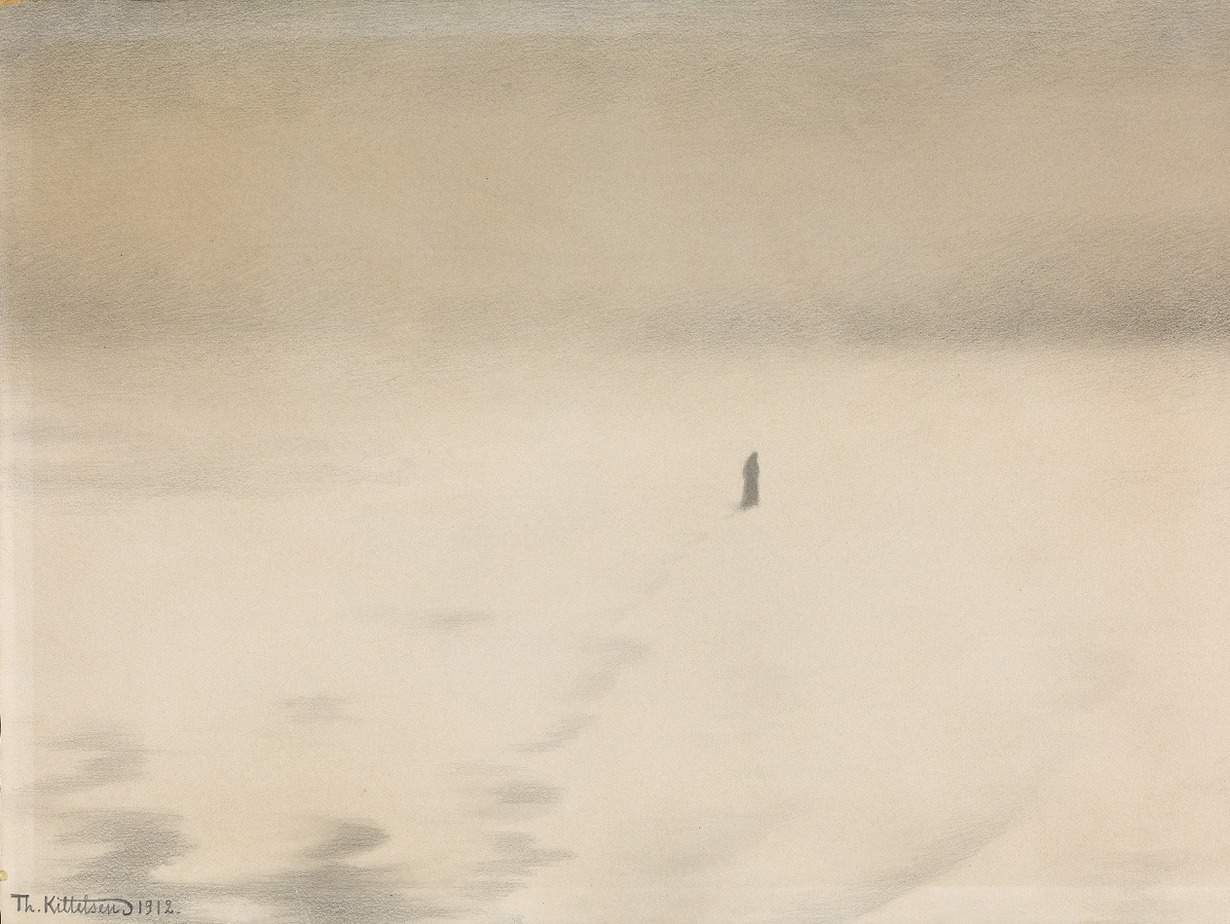
Emotion In Storytelling: Catharsis and Crying
Does a story (especially a movie) that makes us cry really offer an audience cathartic healing? Researchers say not. Studies show no improvement in mood after this kind of crying. I’m not sure which is worse: intense feeling, or the absence of it. Margaret Atwood Professor Jennie Hudson is the director at the Centre for…
-
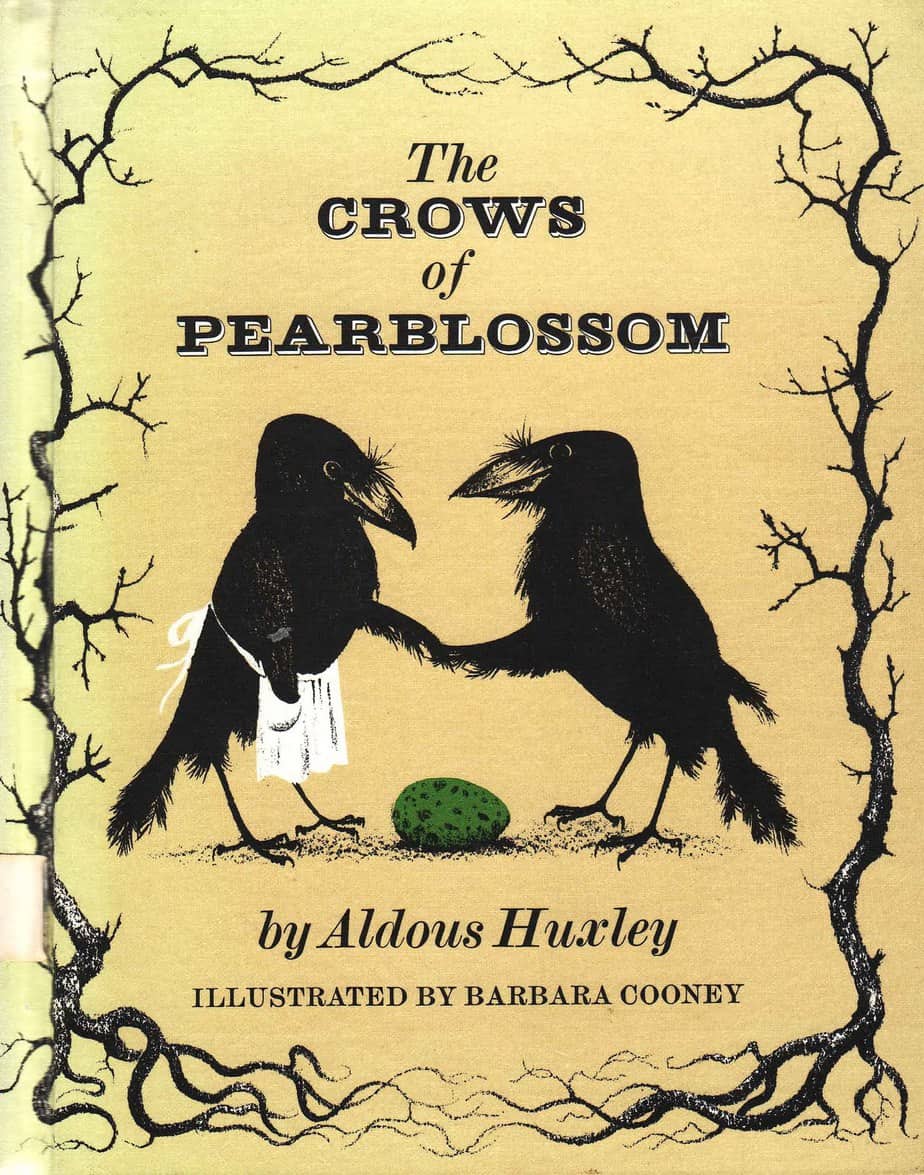
The Crows of Pearblossom by Huxley and Cooney Analysis
The Crows of Pearblossom by Aldous Huxley illustrated by Barbara Cooney (1917-2000) published in 1967
-
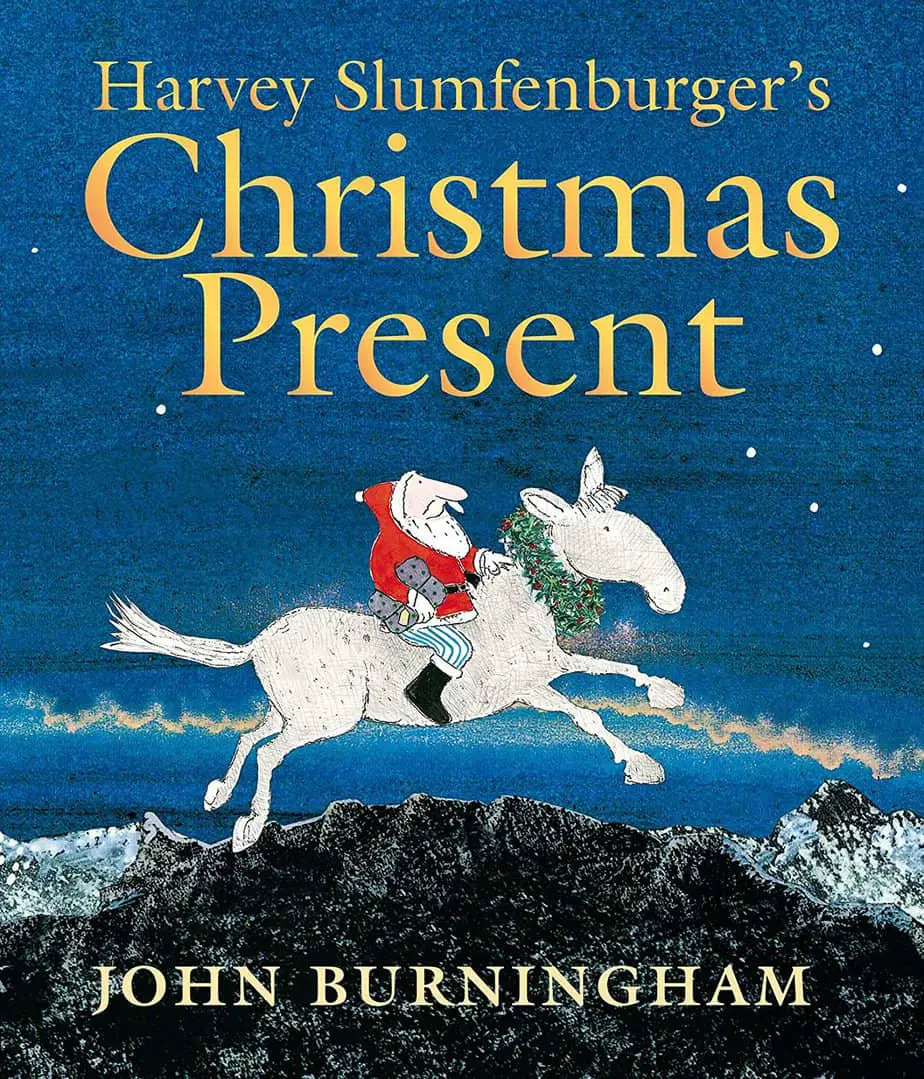
Harvey Slumfenberger’s Christmas Present by John Burningham Analysis
Harvey Slumfenburger’s Christmas Present (1993) is a picture book written and illustrated by British storyteller John Burningham. The pacing in this story is a little different to most picture books seen in bookstores today.
-
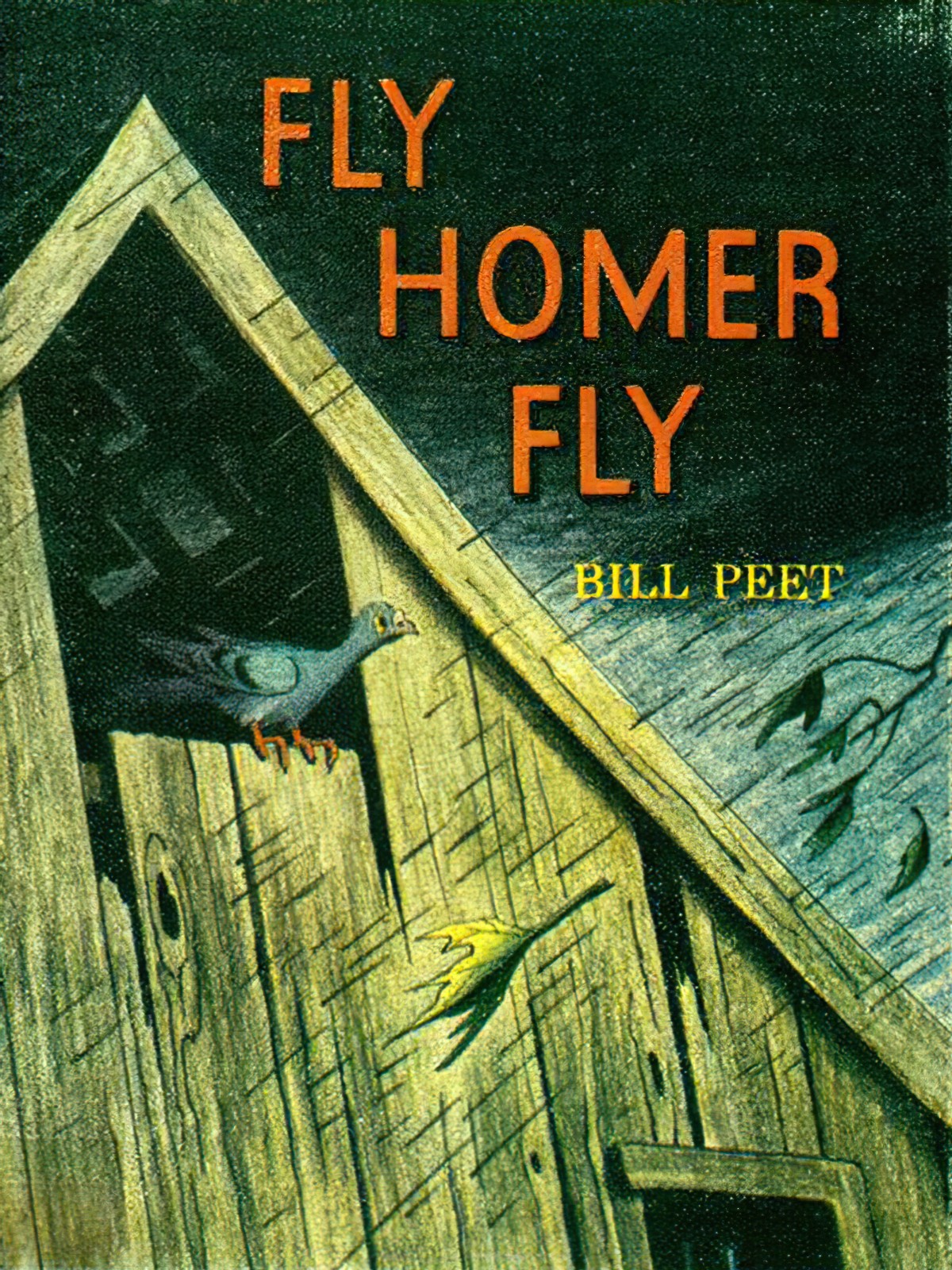
Fly Homer Fly by Bill Peet Analysis
Fly Homer Fly is a 1969 picture book of 64 pages written and illustrated by Bill Peet who died in 2002 after a long career in children’s storytelling.